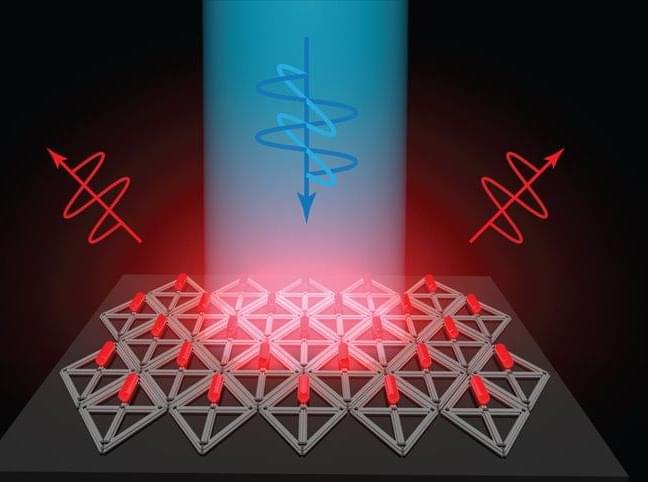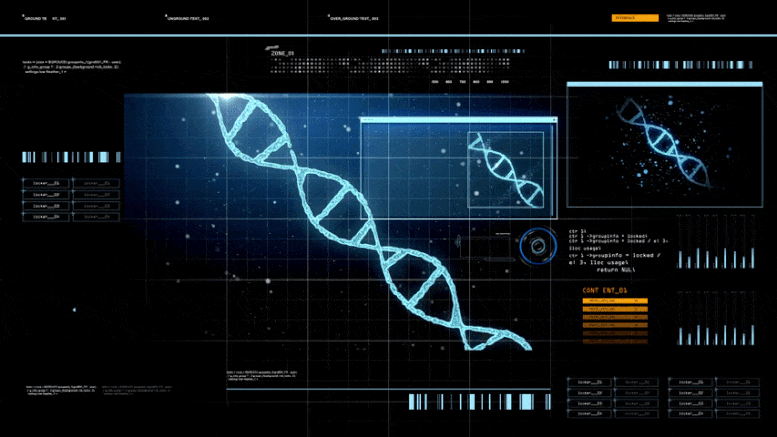Quantum computers can solve certain computational problems much faster than ordinary computers by using specific quantum properties. The basic building blocks of such machines are called quantum-bits or qubits. Qubits can be realized using several physical platforms such as nuclear spins, trapped ions, cold atoms, photons, and using superconducting Josephson circuits.
Several such qubits operate in the microwave frequency domain, and require specialized room temperature microwave electronics for control and readout of the quantum states of the qubits. However, there lies a challenge when it comes to connecting classical electronics to these qubits. The qubits need high frequency (GHz) electromagnetic signals for control and readout pulses in the order of a few tens of nanoseconds.
The traditional setup for generation and capture of such signals is often costly and complex with many components. This can be addressed by developing a specific FPGA-based system that brings the functionality of all the traditional equipment on to a single board. However, with such developments, three main challenges need to be kept in mind: generation and capture of the high-fidelity microwave signals, scalability, and a user-friendly interface.









